One of the things I noticed when tracking leopards in India with Krishna was leopard tracks were never scrutinised the way tracks were in the UK for the simple reason of general shape and size. In India there are hundreds of dogs just like the UK putting down tracks on every rural trail, the difference in India is 90 % of the dogs are feral and about the size of a large fox. When tracking leopards in India size can instantly give the researcher an indication of either dog or leopard. Based on this I am not insinuating this is the limit to the separation of species by experts oversees but I am reinforcing the point that elements of doubt can be put aside by very basic factors.
In Britain dogs are more commonly priced pets than feral with breeds of all different shapes and sizes, this can lead to many variables in their prints with added visual variables such as the print medium, if the dog was walking on a slope or if it was running. In order to be 100 per cent sure you have come across a big cat print in Britain you need to find 'text book' examples of these which mirror track finds abroad. What I have found very interesting during my years of research and time in India is not every Leopard track looks the same with some I have seen in India being in the realm of inconclusive if found in the UK.
All this said in the last 5 years I have seen a great refinement in the quality of active researchers knowledge within the UK with British researchers having a great critical eye for big cat evidence and tracking. I have only in the last two years seen what I would call 'text book' big cat tracks with absolutely no doubt what so ever of what they are with our over seas experts confirming these as either Leopard, Puma and Lynx. It seems that we have now come out of the realm of unconfident stature to a more refined situation more likely to keep the information amongst ourselves for undisturbed study of these animals in our shadows.
Buckinghamshire has already had confirmed puma tracks in 2003 by experts at the Wycombe Heights Golf Course so track finds in Bucks is not a huge land mark. Below is a graphic for a general rule when differentiating large cat tracks from dog tracks.
My last trek through the big cat hot spots of the Chilterns had me discover some prints which I am happy to say are from a large feline. Two experts have confirmed my suspicion's of Leopard which is commonly sighted in this area with one expert sexing the print as a large male. Please see below:
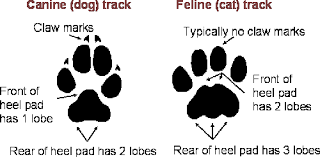
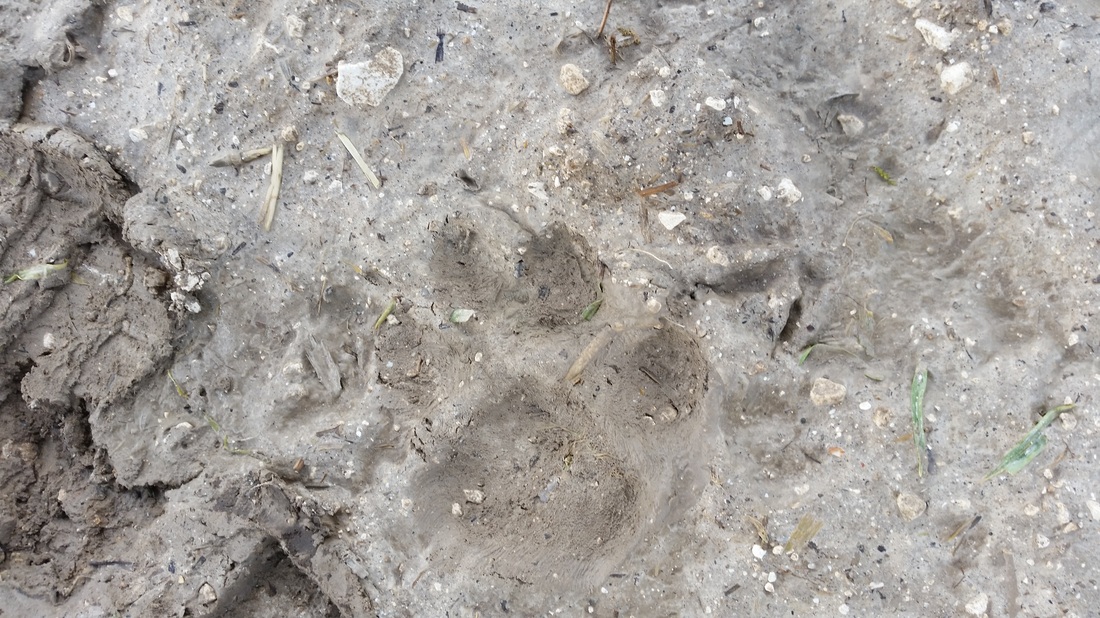
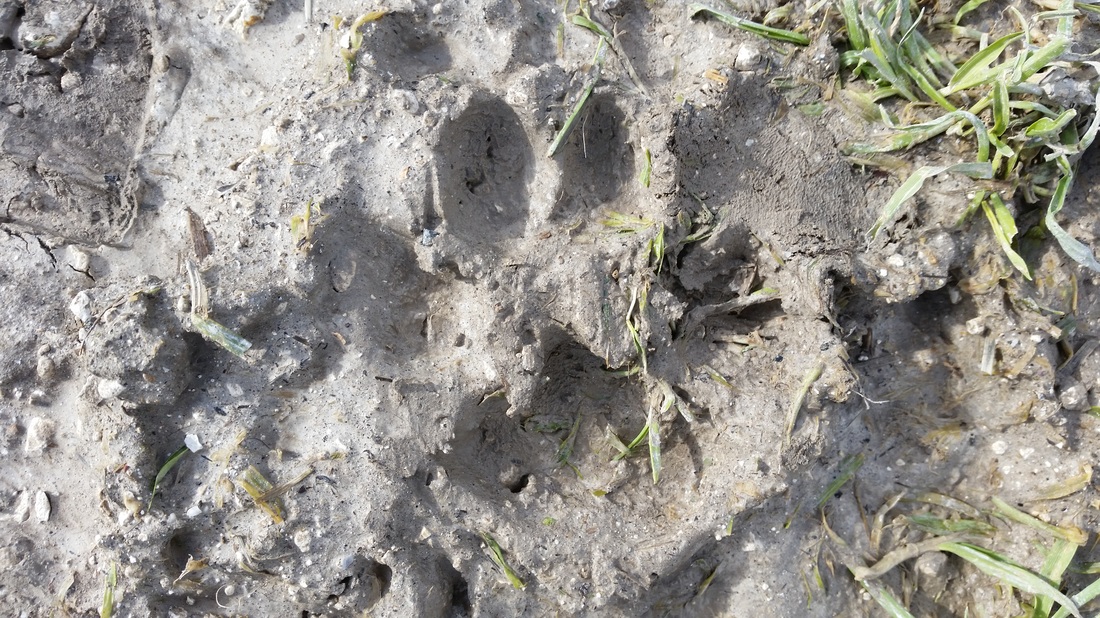
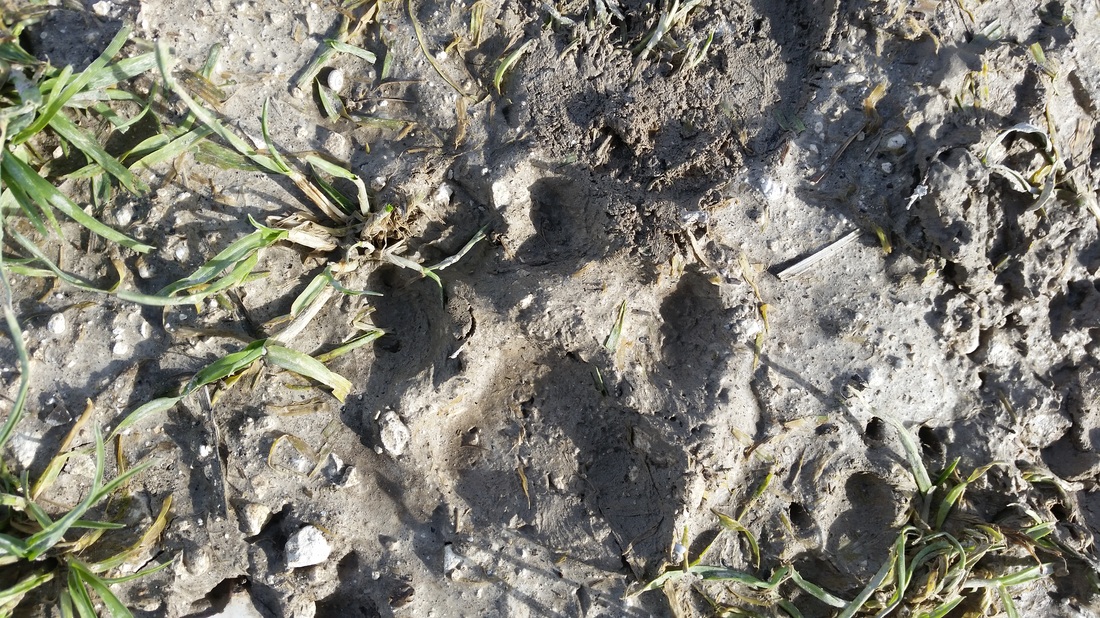
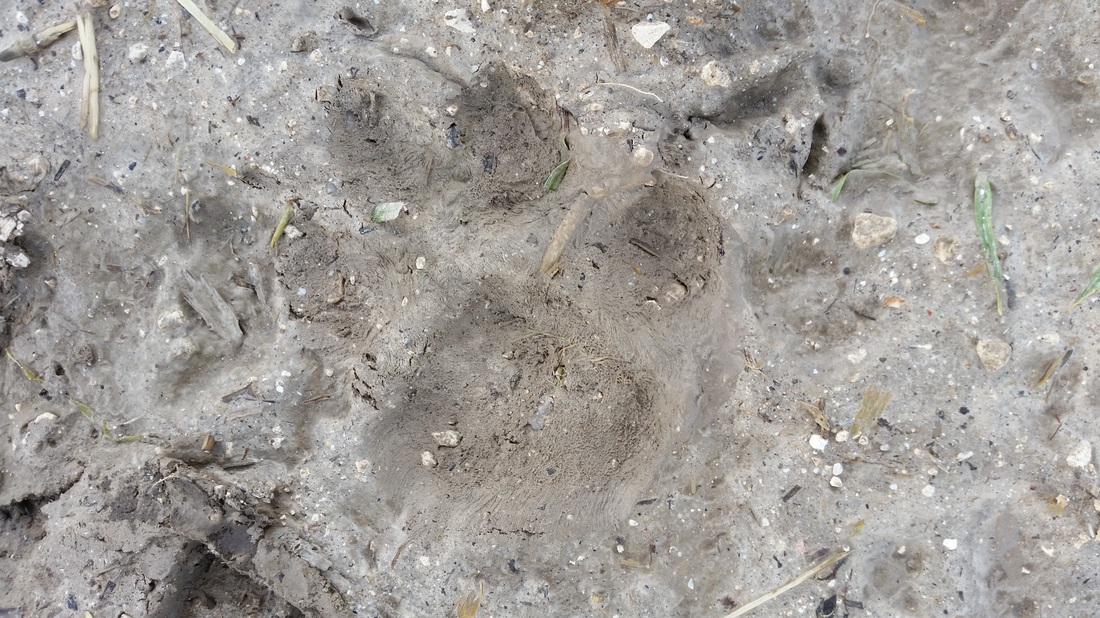

 RSS Feed
RSS Feed
